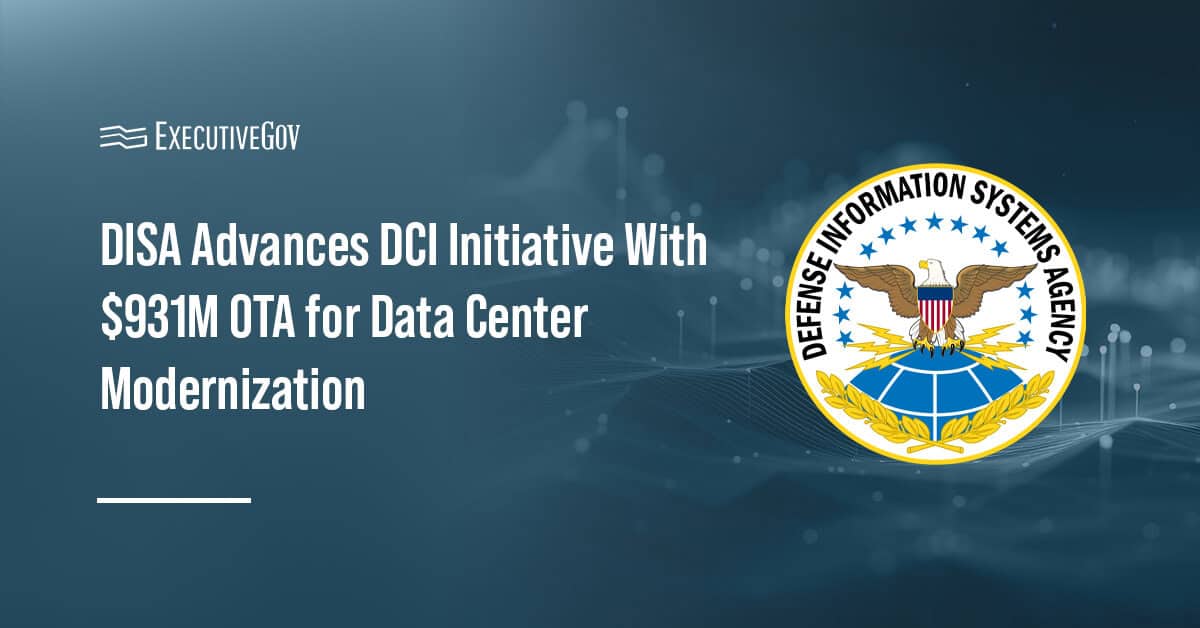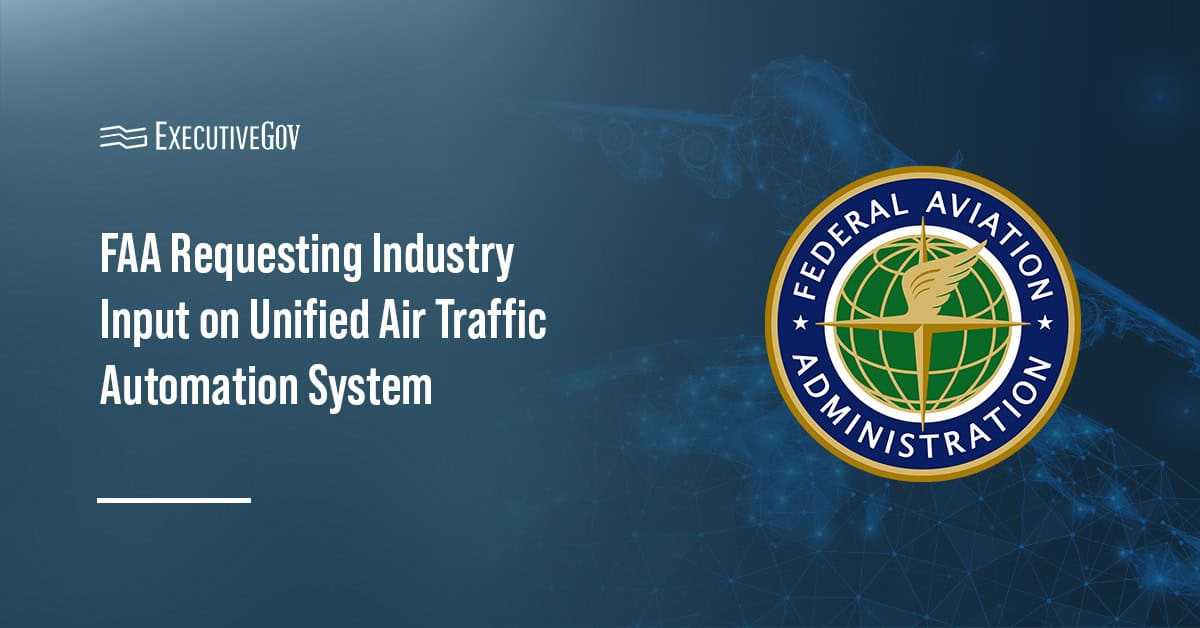
The U.S. Army has deployed 62 Mounted Assured Position Navigation and Timing System in support of the 2nd Cavalry Regiment’s combat vehicles, ArmyTimes reported Saturday. In addition, the regiment expects to receive 339 additional MAPS platforms to equip Stryker vehicles with reinforced offensive and defense capabilities.
MAPS is equipped with a seven-array antenna unit that houses a GPS receiver, an atomic clock and anti-jamming features. The Army has also fielded a dismounted version of MAPS that will help warfighters conduct missions in heavily jammed areas.
According to the report, the service branch looks to incorporate updated anti-spoof and jamming features into the system prior to its anticipated deployment in 2021. Additionally, the Army envisions to deploy 20K MAPS-equipped vehicles in 2028.





